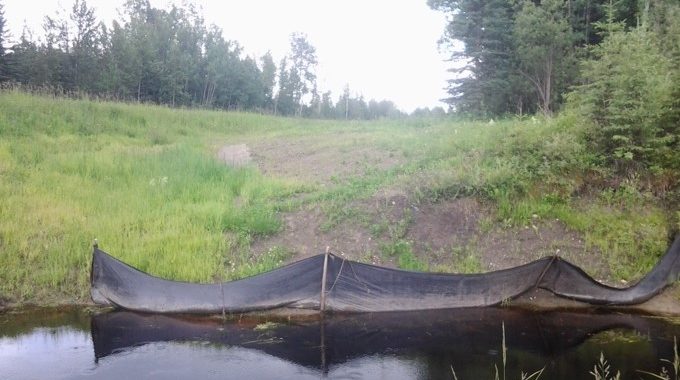Abstract:
Habitat banking in its many iterations is an established and popular mechanism to deliver environmental offsets. The United States can look back at over 30 years of banking experience with the underlying framework and policies being consistently updated and improved. Given the increased demand in habitat banking, we provide insights into how bank area capacity is distributed across the United States for four different bank targets (wetlands, streams, multiple ecosystems, species) based on information extracted from the Regulatory In-lieu Fee and Bank Information Tracking System, as well as, estimating future capacities and area reserves through a predictive modeling approach based on data from the past 26 years. Future predictions indicate a decrease in available reserves for banks targeting wetlands or multiple ecosystems, with potential bottlenecks relating to large reserves being limited to the southeast and release schedules not catching up to the current and anticipated demand. Banks targeting species or streams are predicted to meet future demand, with species banks (conservation banks) following a different legislative and operational approach based on the listing of endangered species and pro-active approaches with anticipated future demand. Most current reserves for all four bank types are restricted to very few service areas with around one-third of all bank areas still awaiting release, limiting their availability on a broader scale. Strategic planning networks are necessary to meet future demand on a national scale and to identify areas suitable for banking or likely to experience future environmental or developmental stress.
Citation: Theis S., and M.S. Poesch (2022) Current capacity, bottlenecks, and future projections for offsetting habitat loss using mitigation and conservation banking in the United States assessed through the Regulatory In lieu fee and Bank Information Tracking System. Journal for Nature Conservation 67: 126159.
Also Read:
*Lab members: Sebastian Theis and Mark Poesch. Check out opportunities in the lab!

